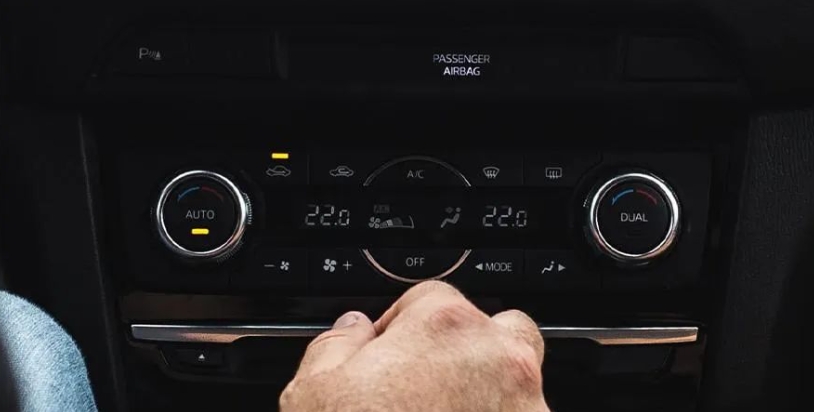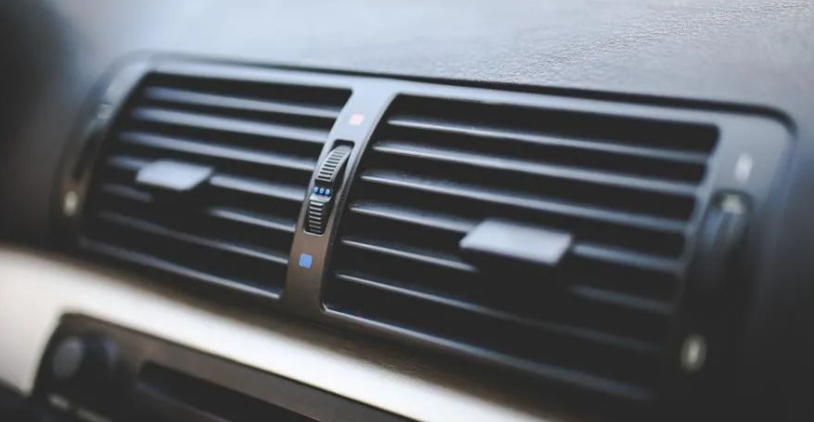News
Why Using External Air Circulation is Better for Cooling Your Car in Summer
When your car is left in the hot sun, the interior can quickly become stiflingly hot and stuffy. How should you set your air conditioning to cool it down quickly? Does using external air circulation really cool the car down faster than internal circulation? And does internal circulation really save fuel? Let’s find out.
01 Understanding the Difference Between External and Internal Air Circulation
First, let’s clarify the principle behind internal and external air circulation. Internal circulation keeps the car’s air isolated from the outside, much like closing all the windows and doors at home. On the other hand, external circulation draws air from outside, filters it, and then blows it into the car for exchange, akin to a fresh air system.

02 Summer’s High Temperatures Inside the Car
External circulation can cool the car down faster. After being exposed to the sun, the temperature inside the car is much higher than the external environment. External circulation quickly removes the hot air from inside. A study measured the temperature of car interior components and air temperature throughout a day. At 2 PM, the external temperature reached a peak of 34°C, while the car’s air temperature hit 72.9°C, and the dashboard temperature soared to 105°C. So, after a summer day’s exposure, the car’s air temperature is indeed very high. The car is like a “pressure cooker,” heating up under the sun, and needs to ventilate quickly.

03 External Circulation for Faster Cooling
To cool down a car that has been baking in the sun, first, open all the windows, then set the fan to its highest speed and turn on external circulation. Don’t press the A/C button yet; just let the hot air inside escape. Once the air feels fresher, turn on the A/C and close the windows. This method cools the car down faster and saves fuel.

04 Regular Ventilation with External Circulation
When driving, don’t just focus on how cool the air feels or how fuel-efficient the air conditioning is; consider the air quality inside the car as well. Passenger train compartments, cruise ship cabins, and airplane cabins have a maximum CO2 concentration of 1500ppm. A study by the Society of Automotive Engineers found that in a car with four passengers, CO2 levels reached 3000ppm in just half an hour, far exceeding the standard. Many new car models automatically switch to external circulation after using internal circulation for a while to keep the air fresh. If your car doesn’t have this feature, consider manually switching to external circulation every 30 minutes to maintain good air quality.
CATEGORIES
LATEST NEWS
CONTACT US
Name: Ms Tina
Mobile:+8613884463677
Tel:+8613884463677
Whatsapp:+8613738490136
Email:[email protected]
Add:Room2104-3, Block A, Ningbo Chamber Of Commerce Building, 558 Tiantong South Road, Shounan Street, Ningbo, Zhejiang, China
